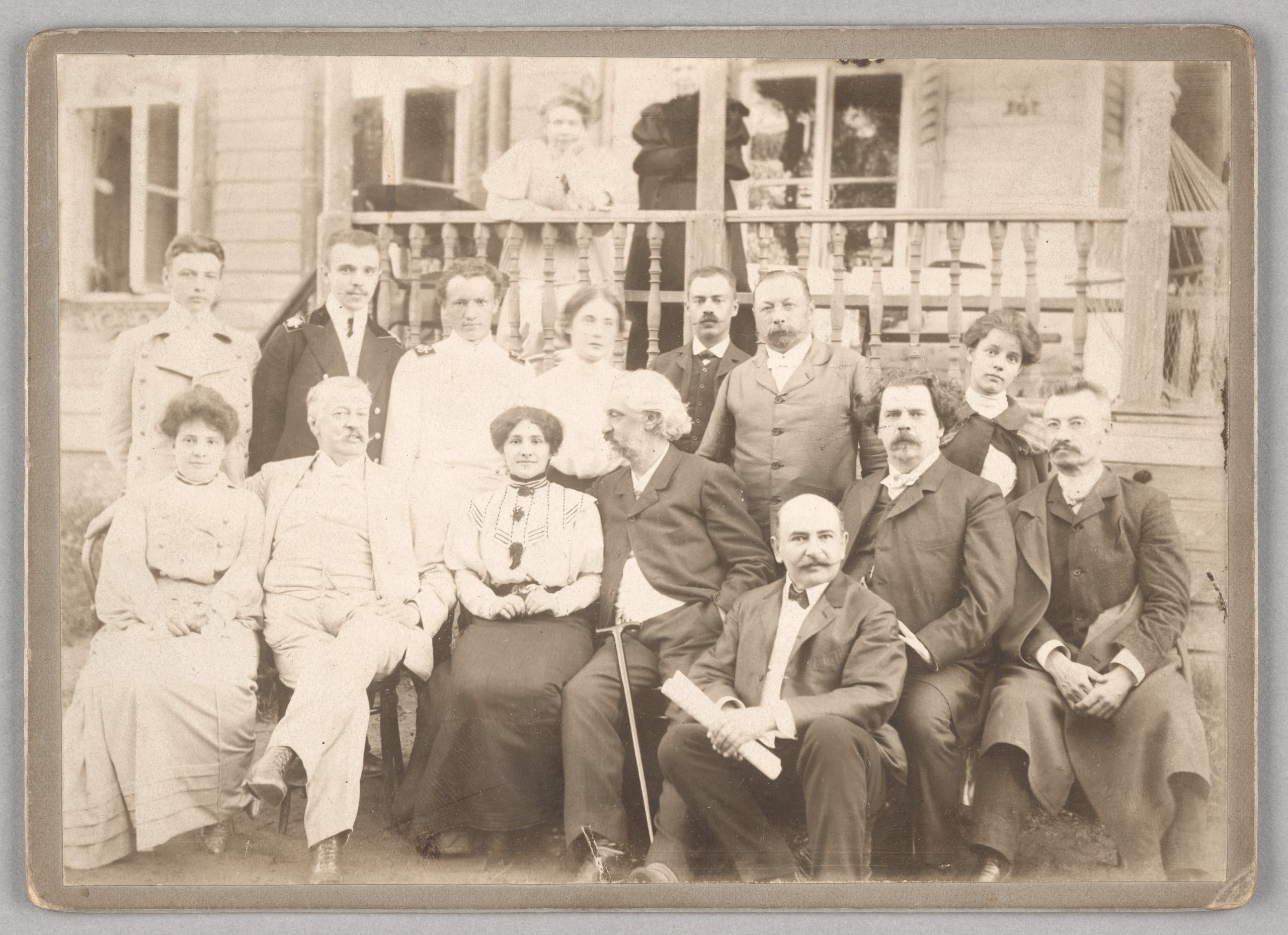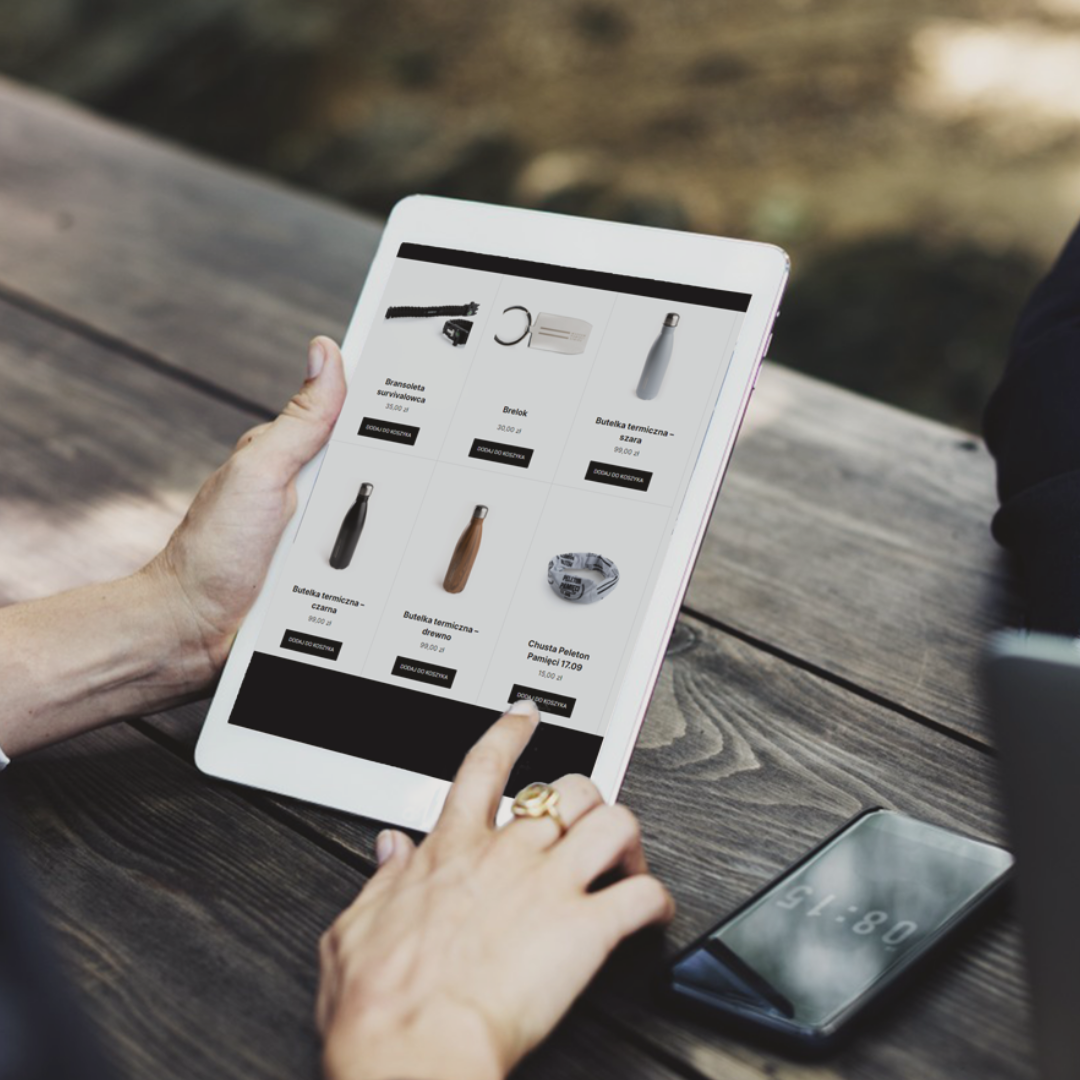Some items, in a way, find their way to us on their own — for example, when Siberian deportees or their descendants voluntarily donate their family mementos. But many exhibits we have to ‘track down’ ourselves.
The employees of our Collection Department constantly monitor antique auctions, browse popular advertising and auction platforms, as well as specialized portals where they can view the latest offerings from the antique market.
Today, we are sharing with you a photograph whose auction ended up with our first winning of the year.
‘The photo appeared in an auction catalog sent to the Museum. It immediately caught our attention’ — says Katarzyna Śliwowska, Head of the Collection Department. — ‘We have few mementos of Poles who lived and made careers in the Russian Empire during the 19th and early 20th centuries in our collections. When we found more information about the individuals portrayed in the photograph, we were even more determined to acquire it for our resources’ — the curator explains.
It is important to remember that Poland’s presence in Russia is not just the history of deportations, as we also remind visitors at our permanent exhibition. Many Poles, especially poor farmers driven by the ‘hunger for land,’ ventured into Siberia to settle and farm in areas inaccessible in their homeland. (You can read more about this in the book entitled ‘the Siberian Rush’ by Tomasz Danilecki, PhD, that is a part of our ‘Little Sybir Stories’ series).
For educated and entrepreneurial individuals, Russia could be a place of realization bold economic projects, scientific research, artistic or social activities.
An example of such people is the Lande family and their photographed friends, among whom — as it turned out — were well-known and esteemed musicians and composers!
The photograph purchased by the Sybir Memorial Museum was taken in the early 20th century in Bołogoje, a town located in the western part of Russia, about 160 km from Tver.
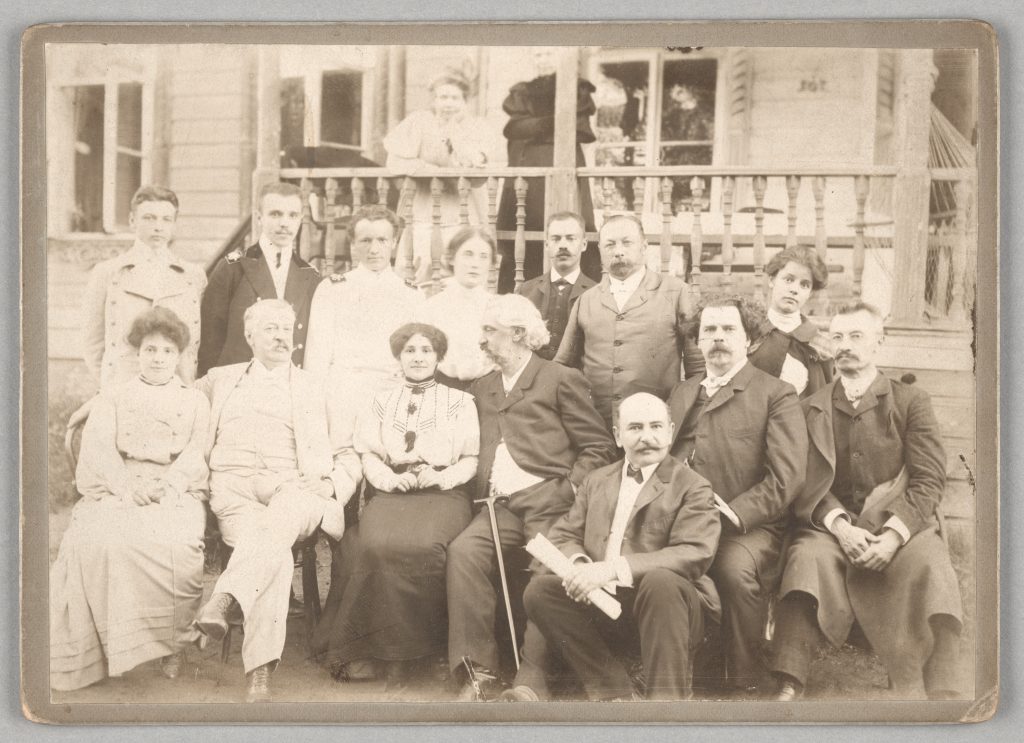
It was there, in the 1850s, that a railway station was built on the line Moscow — St. Petersburg. Presumably, the Lande family stopped in Bołogoje due to such railway construction works. Michał Lande was an engineer of transportation roads in the Russian state service and worked on the construction of railways, which involved frequent changes in the Lande family’s place of residence.
Among the individuals posing for the photograph are Michał’s wife — Michalina (standing on the balcony) and his son Jerzy (first from the left in the top row), a student at the II Gymnasium in St. Petersburg, later a graduate of the Faculty of Law at the Imperial University of St. Petersburg. After his studies, he settled in Warsaw and practiced law. From 1925, he held a professorship at the University of Vilnius, and four years later at the Jagiellonian University.
The photograph is mounted on a cardboard backing. On the back, there is a pencil-written annotation with the place and date of creation, along with the list of the portrayed individuals.
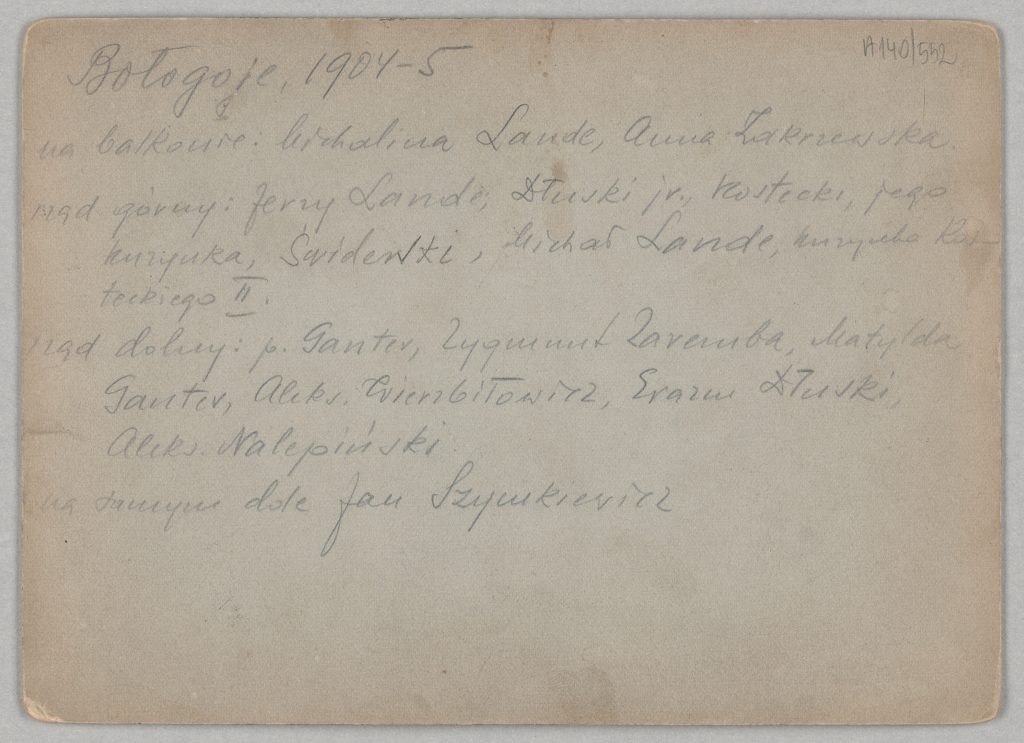
As it turned out, among them are notable composers and virtuosos contributing to Polish music, including Zygmunt Zaremba (sitting in the lower row, second from the left).
He was born in Zhytomyr; his father was a well-known composer, Władysław Zaremba. Zygmunt Zaremba completed his musical studies in Kamianets-Podilskyi and from 1896 to 1901 served as the Director of the Russian Musical Society and Conductor of symphonic concerts in Voronezh. He lived in St. Petersburg.
Another intriguing figure is the older man with a cane, sitting in the bottom row. This is Aleksander Wierzbiłowicz, a cellist, composer, and educator, who spent his entire life in Petersburg. His father was a nobleman from the Mogilev Governorate, a geography lecturer at the St. Petersburg Orphan Institute, and his mother was Russian. Aleksander was known as a promising young cellist at the age of 14. He received his professional music education at the St. Petersburg Conservatory, studying under the famous cellist Karl Yulievich Davydov.
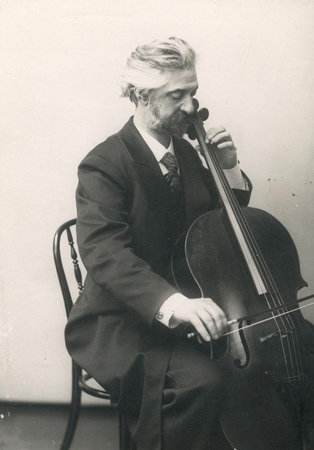
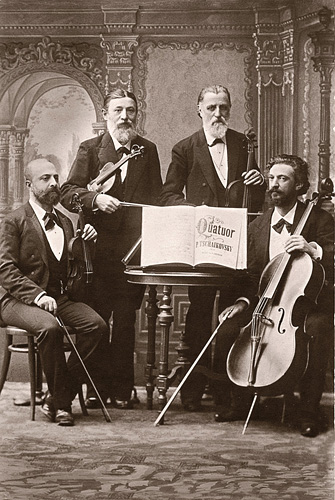
After completing his studies, Aleksander Wierzbiłowicz performed concerts not only within Russia but also in Warsaw, Łódź, Vienna, Constantinople, Copenhagen, Brussels, Naples, London, Berlin, and Frankfurt on the Main. He taught cello at the St. Petersburg Conservatory and was a member of the Russian Musical Society quartet in Petersburg. Composers such as Alexander Glazunov, Felix Blumenfeld, and the aforementioned Zygmunt Zaremba wrote music for him.
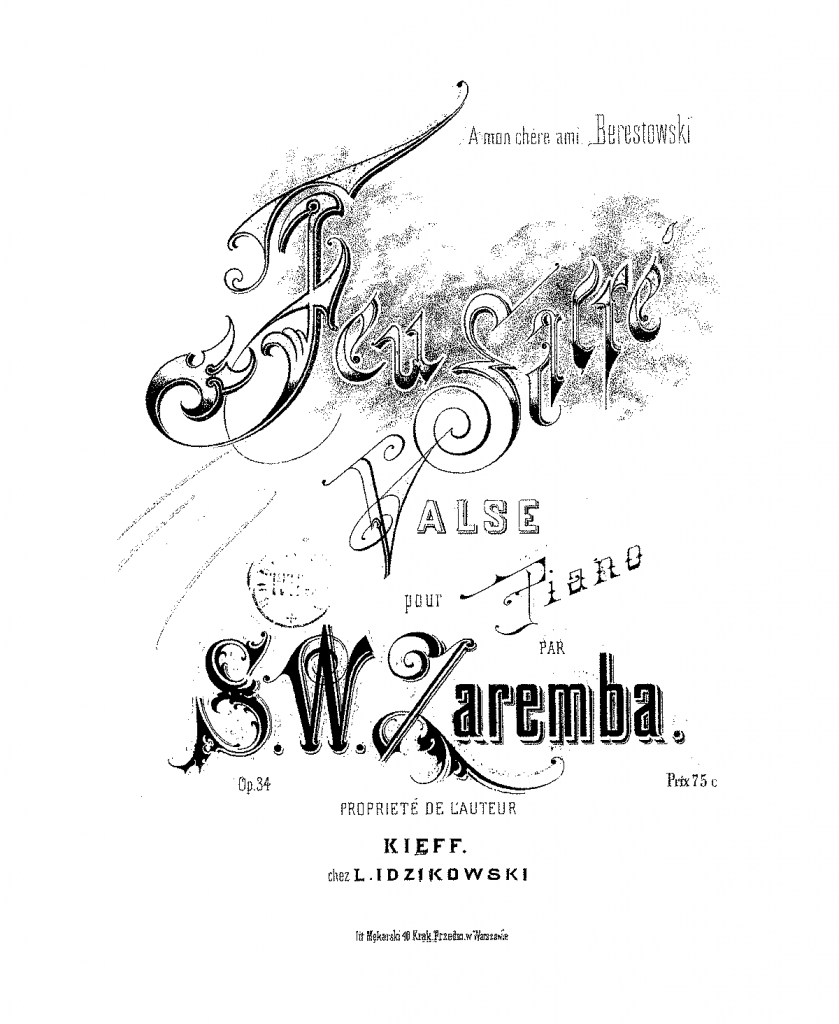
Next to Aleksander Wierzbiłowicz sits Erazm Dłuski, his colleague. Erazm was a composer, pianist, and educator, who lived in Petersburg until 1919, where he worked as an accompanist and composer. Afterward, he settled in Warsaw.
When the photograph reached the Sybir Memorial Museum, it was cleaned according to art standards by our conservator.
If you want to learn more about Poles living and making careers in Tsarist Russia, come to the museum and visit our permanent exhibition — you will learn, for example, about the Polish ‘vodka king of Siberia’ or the chocolate factory founded by a Polish entrepreneur, which still operates under a different name today.
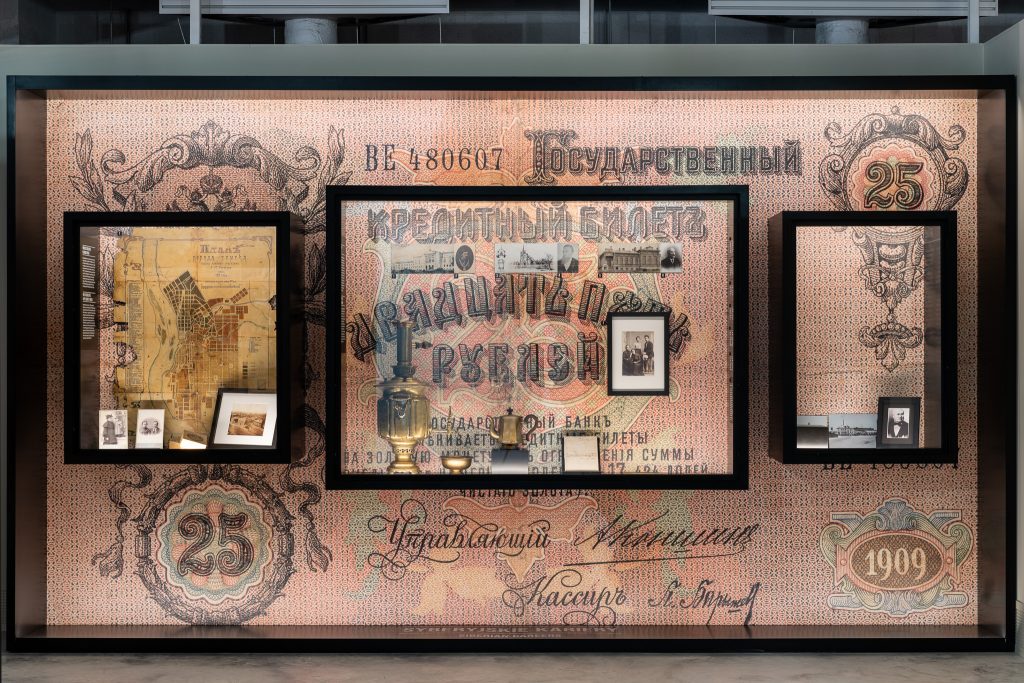
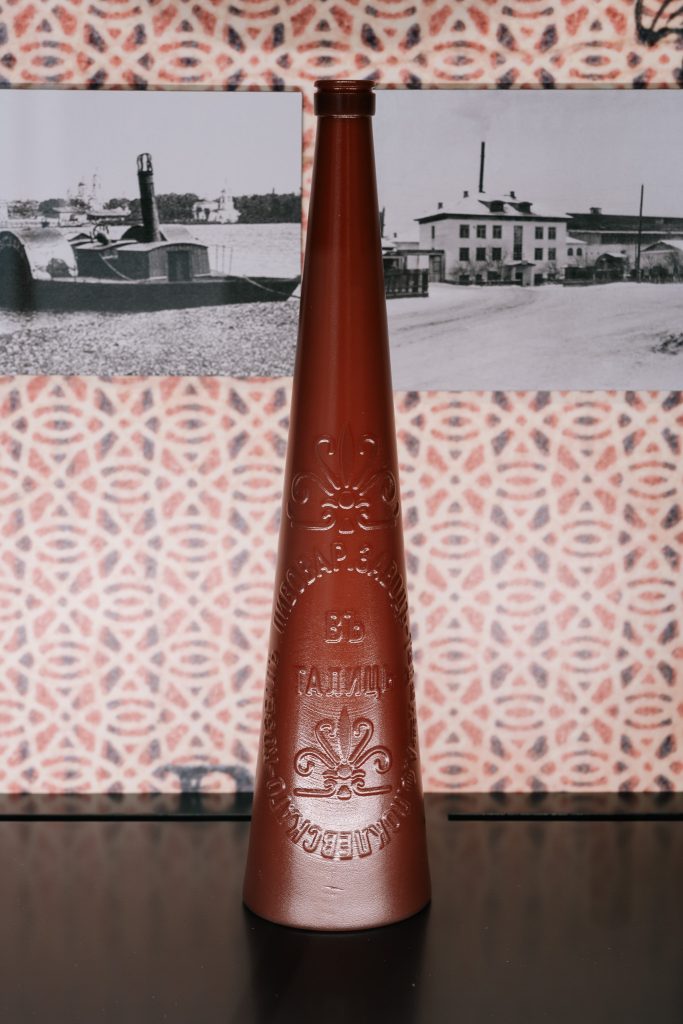
We also invite you to visit our popular science portal ‘World of Sybir’ (“Świat Syberii”) where you will find many interesting stories, photos, and recordings, including those about Polish economic and cultural achievements in distant Siberia.
And if you can play the violin and have a familiar pianist, you can try performing one of Zygmunt Zaremba’s compositions seen in the photograph. The sheet music is available in the digital library resources of Polona.




